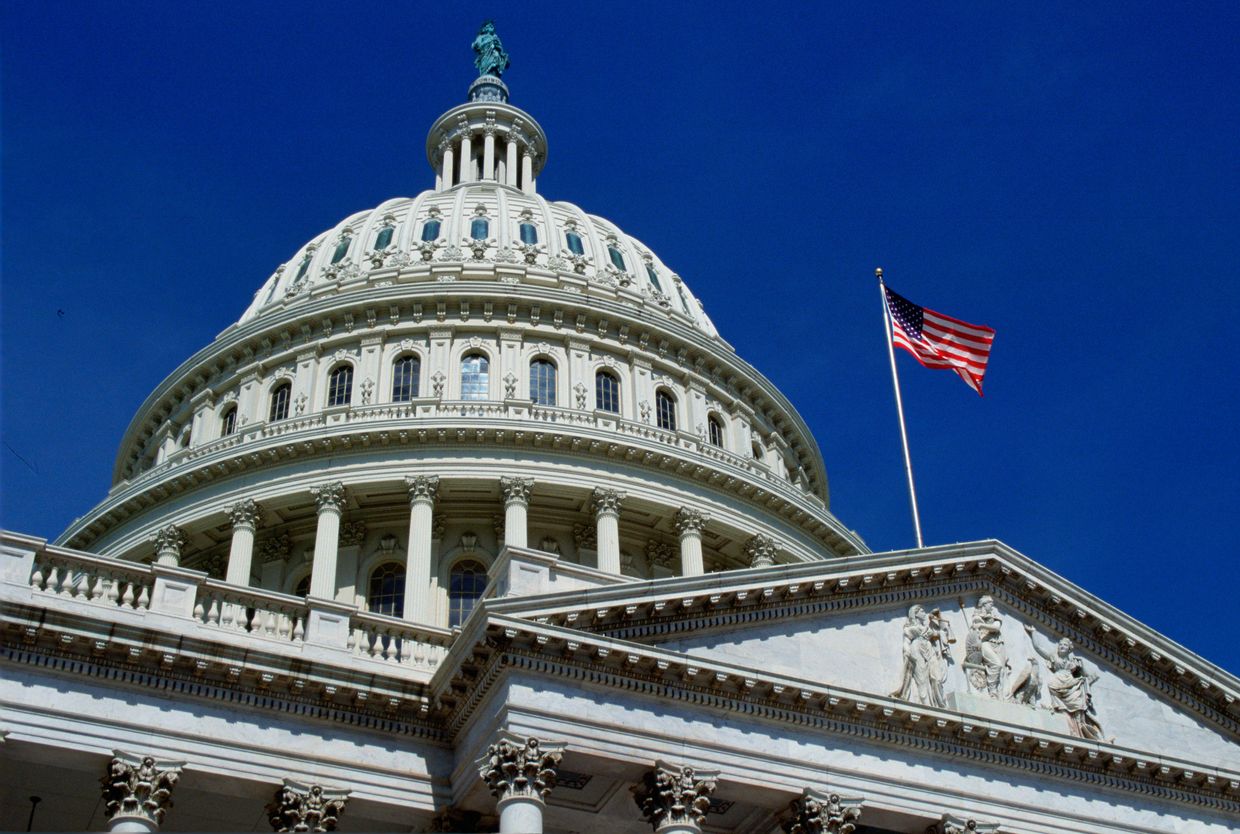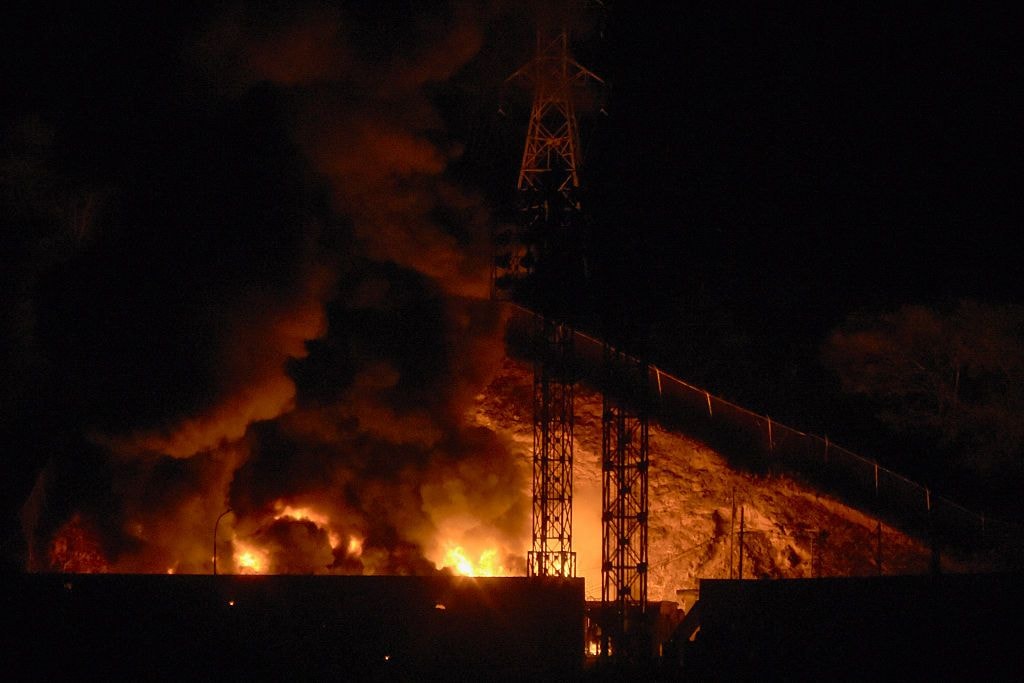Bloomberg: US aid can give Ukraine respite but quick battlefield shift unlikely

The U.S. aid can provide Ukraine with breathing room, but an actual shift on the battlefield remains distant, Bloomberg reported on April 22.
After months of congressional gridlock, the U.S. House of Representatives passed a $61 billion aid bill for Kyiv on April 20, sending the legislation to the Senate.
The delays have led to critical shortages in artillery rounds and air defense ammunition, putting an ever-increasing strain on Ukrainian forces.
A defense expert told Bloomberg that Washington's assistance could help Kyiv stall Russian advances and conduct an effective defense.
"The question is whether there will be aid and in what volume in 2025 and beyond — as (Russian President Vladimir) Putin's strategy is to wait it out," said Mykola Bielieskov, a research fellow at the National Institute for Strategic Studies in Kyiv.
According to the outlet, logistical constraints mean that the aid will likely start affecting the situation at the front only in several weeks.
The Institute for the Study of War (ISW) warned that Russian offensive operations would likely seek to use the time window before the aid arrives to exploit spring ground conditions and continuing ammunition shortages.
"The Russian military command will likely intensify offensive operations and missile and drone strikes to pursue operationally significant effects that will certainly become harder to achieve against well-provisioned Ukrainian forces," the ISW wrote.
Ukraine's military intelligence chief, Kyrylo Budanov, told the BBC that Kyiv is likely to face a particularly difficult situation in mid-May and June.
After capturing Avdiivka in February, Moscow shifted its focus toward Chasiv Yar, a mostly depopulated town in Donetsk Oblast west of occupied Bakhmut.
Commander-in-Chief of Ukraine's Armed Forces Oleksandr Syrskyi said on April 13 that the situation on Ukraine's eastern front has "significantly deteriorated in recent days."












